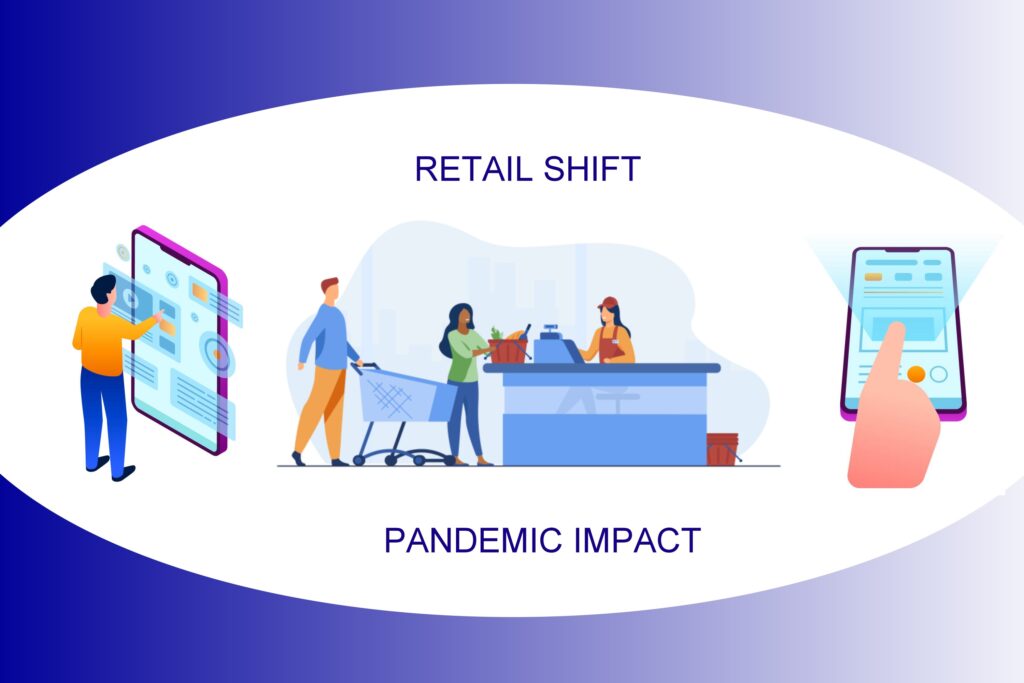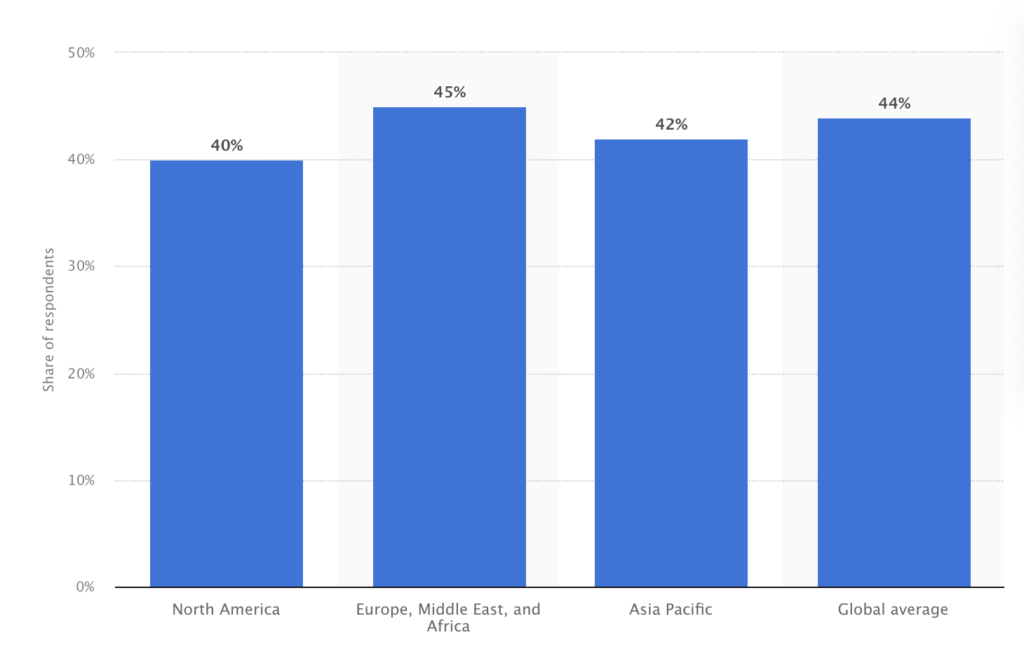June, 9 2024

Ever since the COVID-19 pandemic took over the world as we knew it, every sector of our lives was impacted, including the way we shop. The rapid change in consumers moving to online shopping spaces has posed both challenges and room for growth in businesses. We will take a look at themes influencing the post pandemic retail scene and provide retailers with feasible strategies to help them prosper in these new conditions.
Social Commerce combines the convenience of online shopping with the features of social media. Social commerce is greatly transforming how consumers find, interact with, and physically purchase products. Social commerce allows consumers to directly purchase products on social media platforms. It includes the full shopping experience inside a social media setting, from product discovery and suggestions to purchase and post-buy engagement. In this blog post we will discuss why social commerce is growing at a rapid pace and how it is affecting e-Commerce.
The limits presented to retailers and customers at the time COVID-19 started, permanently impacted the way consumers shop today. The presence of online shopping is far greater than it ever was before the pandemic occurred, with e-commerce seeing unparalleled growth. “In the first year of the pandemic, e-commerce sales increased by $244.2 billion or 43% in 2020, according to the most recent 2020 ARTS release. Numbers grew from $571.2 billion in 2019 to $815.4 billion in 2020 (Brewster). With this said, the future of retail lies within a combination of online and offline shopping methods. Retailers need to make the investment to provide a cohesive shopping experience across a number of platforms such as social media, e-commerce applications, mobile installed apps and physical stores. Retailers can successfully give shoppers and customers who want seamless experiences across all channels, by adapting a multichannel approach.

In order to stand out to customers in a world where there are countless options, customization and personalization is essential. To better cater to customers, retailers have many resources available in today's current age to successfully implement personalization, such as using data analytics and AI driven algorithms. A very easy and direct way to increase conversion rates is to enforce customer personalization. Customer personalization can be as small as providing more options for shipping all the way to individualized recommendations. By understanding their customers on an individualized level, retailers can effectively meet customers goals and keep them returning back for more.
As more and more consumers place a premium on ethical and ecologically friendly products, it is wise to ensure that all steps of the shopping process are practicing sustainability. Retailers that invest in sustainability do two things: they make the world a healthier place and attract many more customers than a brand without taking into account these types of practices. In 2021, approximately 44% of consumers worldwide indicated a greater inclination to purchase from a brand demonstrating a strong commitment to sustainability (Tighe). Inserted below is a graph demonstrating the percentage of consumers more likely to purchase from a brand with a clear commitment to sustainability in 2021, by region. This is just one statistic showing how consumers are environmentally cautious and like to represent this within their shopping habits too. Adopting environmentally friendly practices is not just the right thing to do, but a very wise business move that will in turn benefit the company greatly.


Technology continues to hold a major influence on how innovative and efficient retail operations may run. Retailers can enhance their companies by staying up to date with all of the benefits technology has to offer retailers. For instance retailers should be using enhancements such as AI and automation. Using technology is not secluded to solely online spaces, but in store as well. For instance, self checkout and the advanced technology that can identify an item by placing it within the designated space. Take a look at this article by Virtubox Infotech, where they discuss the 9 benefits of self checkout, https://www.linkedin.com/pulse/9-benefits-self-checkout-kiosks-stores-virtubox-rcbhc/. This article outlines the diverse advantages of a technological advancement that physical stores can leverage to enhance customer experiences and bolster business success. All forms of retailers can maintain their competitiveness in an increasingly digital environment by using technology to increase overall efficiency, save costs, and drastically improve processes.
It is clear from navigating the post pandemic retail market, that true success requires accepting change. Consumer habits have changed as a result of the increase in online buying, emphasizing the importance of integrating online and in person shopping. Crafting an individualized shopping experience, investing in environmentally friendly practices, and using technology to increase performance are all crucial in this new wave of retail. All of these adaptations benefit retailers in addition to serving consumers more effectively.

Author: Akhilesh Srivastava
Founder and CEO of FenixCommerce
